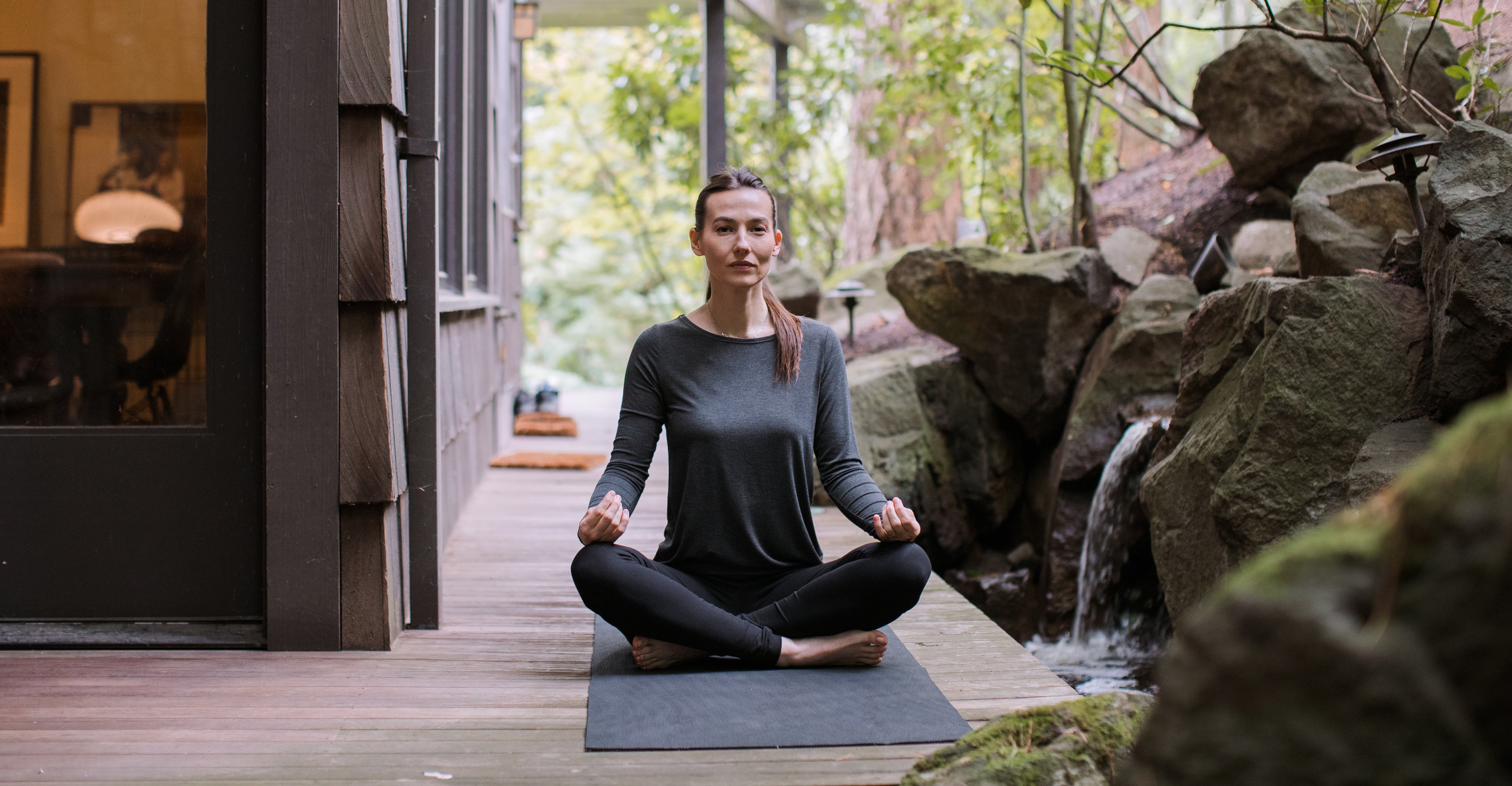
All About AZO-Free Dyes
As eco-conscious consumers, we choose natural and organic fibers for our clothing and bedding. We like to know where those fibers are sourced and how they're processed. We care about the working conditions of the people involved in every stage of the journey.
Fabric Dye is another aspect of clothing and bedding to consider. Even when we choose natural and organic fabrics, they can still contain harmful AZO dyes.
What are AZO Dyes?
AZO Dyes contain chemicals that provide colorfastness and help maintain even colors across dye batches for a perfect match. AZOs are known carcinogenic compounds.
Did you know:
As much as 70% of the world's clothing gets colored with dyes containing AZO, a potentially dangerous synthetic chemical.
Our skin can absorb AZO as it breaks down, especially when pores open during exercise or warm weather.
AZO dyes often pollute waterways, adversely affecting ecosystems and communities. Luckily, there is an alternative. AZO-Free Dyes do not contain those same harmful compounds. Yay!
Why Use AZO-Free Dyes?
At YALA, we've committed to using only AZO-free dyes in our clothing and bedding. Nature inspires our colors, and they're easy on nature as well. AZO-free dyes come in every color, so there is no limit to what we can create with this safer, more gentle product. Here are a few specific reasons we choose AZO-free dyes:
To Protect our Production Partners
AZO-free dyes reduce chemical exposure for our Production Partners, who are also protected by a close-looped system, PPP (personal protection equipment), and specialized training. Still, every bit matters, and every bit helps.
To Protect our Waterways
AZO dyes tend to bioaccumulate in waterways, adversely affecting ecosystems and communities.
Because water preservation is so important, we go beyond AZO-free dyes by using a closed-loop processing system. This means the water used in our dyeing process undergoes a contained cleansing process through four filtration and settling ponds. At the end of this cleansing process, the water is safe enough to drink and reused to reduce water usage.
To Protect Your Skin
AZO-free dyes are gentler on the end-user. The skin is our biggest organ and can absorb AZO as it breaks down, especially when pores open during exercise or warm weather.
With this in mind, what we wear every day and sleep in every night matters. Our skin is in contact with these fabrics 24/7!
What is the Downside to AZO Free Dyes?
The benefits of using AZO-free dyes are clear, and while they are more expensive, we believe they're worth it.
Outside of cost, the only downsides to using these natural dyes are the subtle color variation between different dye batches and the fact that natural color fading can occur gradually over time.
Opting out of AZO chemicals means we lose the color binding that comes with them, but that's not all that contributes to natural color variations in YALA bamboo fabrics. Here are a few more:
Small Batch Production
To reduce waste, we do not throw away excess fabric. Producing colors in huge quantities would make this commitment impossible, which is one of the many reasons we do small-batch production. When a specific color becomes popular, we may make several small batches over time, and minor variations between batches can occur.
Temperature and Maturity
Both the temperature at harvest and the maturity of the bamboo affect the natural color of the bamboo base fabric. With small-batch production, different fabric batches harvested throughout the year in various stages of growth will have slightly different outcomes on the finished product.
So when you finally replace that Amber Pajama Set you've been wearing for years, the new one could be slightly brighter or lighter than the old one, even though you probably won't notice it.
Unbleached Fabric
We do not bleach our base fabric, so even our bright colors can have a slight earthy leaning due to the natural undertones of the bamboo.
Living with AZO Free Products
Now that you better understand AZO-free dyes and accept the natural color variations that can occur, you can gradually upgrade your bedding and sleepwear. As your new and cozy AZO-free replacements arrive, it's time to turn your attention to giving them the brightest life possible.
To extend the life and beauty of YALA products, it's always best practice to wash garments inside-out in cold water with gentle detergent.
Third-Party Testing for Purity and Safety
To maintain accountability, our products and production facilities are inspected by OEKO-TEX, a third-party inspection and certification agency. These are the certifications we maintain through them:
OEKO-TEX 100 Chemical Free
Certifies that no residual chemicals are present in our garments and bedding when they reach the consumer.
OEKO-TEX STeP
STeP stands for Sustainable Textile & Leather Production and is a certification system for environmentally friendly and socially responsible production facilities along the supply chain. The aim of STeP by OEKO-TEX® is to continually improve production conditions and health and safety in all business areas.
But we don't stop there, YALA has additional certifications beyond OEKO-TEX too! Rest easy in YALA bedding, sleepwear, and loungewear, knowing we go beyond comfort and style.



2 comments
The best fabric I’ve ever slept on & in. I love my YALA comfort layers. Feels even better to know that it’s sustainable, clean and comes from a company that actually cares about the planet.
Diana P.
I love your material!!!
Syida H. Long
Leave a comment
This site is protected by hCaptcha and the hCaptcha Privacy Policy and Terms of Service apply.